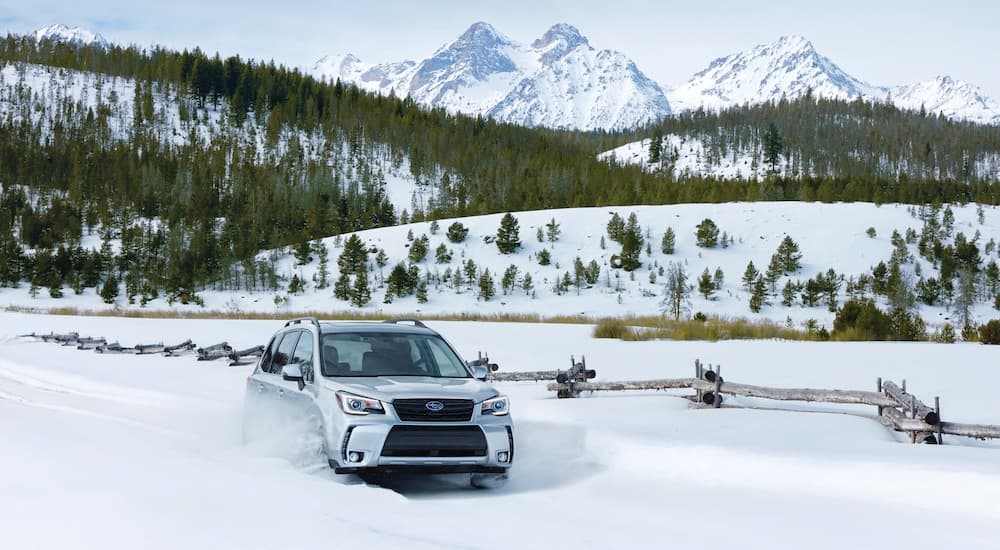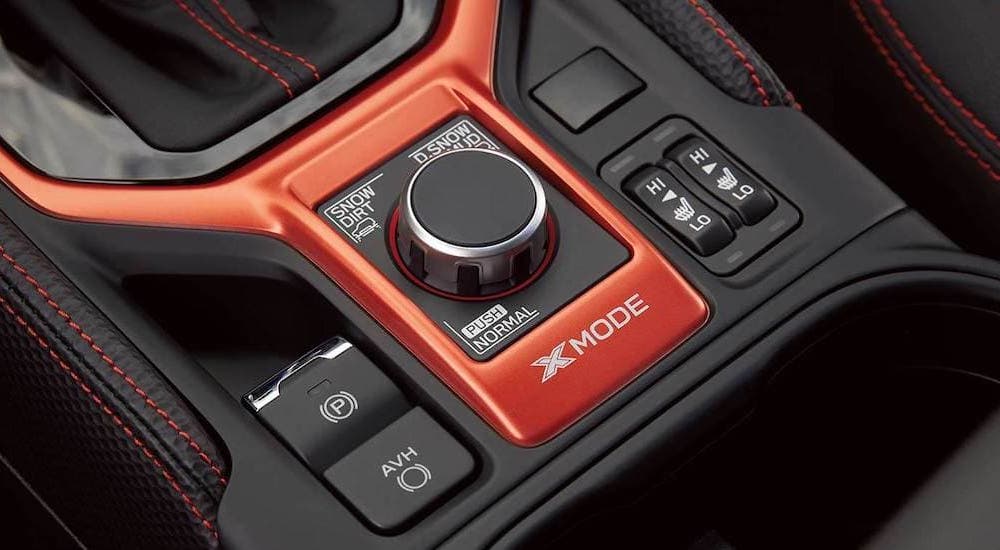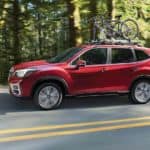Do you live in a remote location and need a daily driver that can handle rough roads, bad weather, and mud without breaking the bank? Trucks are expensive even if you buy them used, and a lot of SUVs don’t have the kind of capability they should, considering they are called sport utility vehicles. Short of a Jeep, what is the answer? If you haven’t driven a Subaru Forester, you might be astonished to discover the wide world of capability that awaits you. Inches of mud in spring? No problem. Deep snowfall that hasn’t been plowed? Piece of cake. Creek running over the road? Drive right through that water without batting a lash. You’re going to want to head over to your local Subaru used car dealer once you learn what you’ve been missing.
Subaru All-Wheel Drive Explained
Subaru utilizes a number of all-wheel drive systems in the vehicles they produce, and they are not all the same. In the Forester, symmetrical all-wheel drive is what moves all four wheels. Many all-wheel drive systems are part-time all-wheel drive, which moves the front wheels as the main source of power, only supplying power to the rear wheels after slippage is detected. In the case of the Subaru Forester, symmetrical all-wheel drive moves all four wheels at the same time without shutting down one axle. This means you have power to all four wheels before you start slipping, which is part of the reason Subaru vehicles have great capability.
Getting deeper into how the all-wheel drive system functions on a Forester, Subaru’s symmetrical all-wheel drive gets sent to both the front and rear axles in a 60/40 split, so both front and rear wheels have the power to move the SUV. If slippage is detected, the system sends more traction to the wheels that have grip on a solid surface in order to keep the SUV moving. So, whether the slippage applies to the front or rear axle, power gets sent to the axle that isn’t slipping. When only one wheel is slipping, the system will actually use braking power to prevent that wheel from moving until the torque sent to the rest of the wheels helps get all four wheels on solid ground, and then power is restored to all four wheels again.

How Subaru Forester All-Wheel Drive Performs
Regardless of the year of the Forester, the symmetrical all-wheel drive system will work the same. Subaru has been using the same type of all-wheel drive for the Forester since it was introduced, and it still works better than what you find in most SUVs. Because of its full-time power to all four wheels, you don’t have to get into trouble before the power kicks into action. That means you always have the power running, which results in the use of momentum to keep moving forward even when you hit slippery conditions like snow or mud on the road. When part-time all-wheel drive systems sense slippage, that’s when they send power to the wheels that need it. Having that lag in power can make a big difference in whether or not you have traction when it’s needed.
If you live on a dirt road in a remote place or you have a long unpaved driveway, you know the struggle of trying to drive through deep mud or unplowed snow. Anytime it rains, mud can become an impassable hurdle on your way to town if you don’t have a vehicle with the right type of all-wheel or four-wheel drive. Snowfall can be equally problematic before the plow arrives. Ground clearance is another factor in whether or not you can make it through several inches of mud or snow without getting stuck. Because the Subaru Forester has a standard 8.7 inches of ground clearance, mud and snow can get fairly deep before you have to worry about being able to get through bad driving conditions. In fact, as long as you have eight inches of clearance, your Forester is likely to be able to drive through both snow and mud without trouble.
Part of what makes the Forester capable is the advanced stability and traction control that electronically manages throttle and brake power when needed. Driving up and down hills should pose little trouble for the Forester, provided the driver knows how to handle a vehicle in adverse conditions. Even with the Forester’s capable all-wheel drive, an inexperienced driver may run into trouble without the knowledge of how to handle a vehicle in slippery conditions, though a Forester will make learning a lot easier than most SUVs. Honestly, you’re probably in more danger of getting smug about your driving skills when you pass all the other vehicles stuck on the road while you continue onward in relative comfort.
X-Mode
Used Foresters that have been equipped with X-Mode will find that the already amazing performance of the all-wheel drive system is improved. In situations where the Forester may be driving slowly over slippery or uneven conditions, the use of X-Mode further reduces slippage that may occur when any of the four wheels are not making good contact for traction to move them forward. Less slipping is achieved through the use of modulated throttle response, lower transmission gearing, faster braking of the slipping wheels, and hill descent control to manage the speed. All these systems work together to improve traction on any terrain.
When a driver engages X-Mode, powering through deep mud and snow becomes easier even for inexperienced drivers who may not be confident with handling such conditions. It also improves handling when driving over roads that may be uneven due to wash-boarding or ponding, or for roads that haven’t been properly graded. A Forester equipped with X-Mode is capable of handling even off-road trails that typically are reserved for Jeeps or other off-road vehicles. However, such adventurous driving should be reserved for people experienced with off-roading.

Fuel Efficiency, Cargo Space, and Safety
A common complaint of all-wheel drive systems is that they tend to be unfriendly to the gas tank, but the Subaru Forester gets good fuel efficiency despite being an all-wheel drive SUV. Thanks to its compact size, fuel efficiency is comparable to some sedans. Models from 2020 get 29 MPG combined, and models as old as 2014 still get up to 27 MPG combined. In addition to being good on fuel, the cargo space in the rear has a good amount of room for grocery shopping, traveling, or hauling sports equipment when you need to tote supplies.
Having the option to fold down the rear seats makes the Forester into a ready mover of fairly large items, too. The contents of a dorm room can fit into the back of a Forester without trouble, especially with the wide rear hatch and low load floor. If you want the best of all worlds and need a capable vehicle that is also safe, the Forester has it all. In fact, the Subaru Forester has been named an IIHS Top Safety Pick or Top Safety Pick+ every year since those awards were introduced in 2007. If you are shopping for a more recent used model, you will even find Subaru’s EyeSight driver-assist features come standard on all trims, making it a safe and affordable choice.
Living in a remote location shouldn’t mean you have to own a truck or Jeep just to drive to town, and there isn’t any reason to be stuck at home when the weather turns bad. With a Subaru Forester’s incredible all-wheel drive, high ground clearance, and available X-Mode, all roads should be open to driving year-round without having to take out a loan every time you go to the gas station. If you need a used car that will take a beating and keep on going, check out the Subaru Forester!



